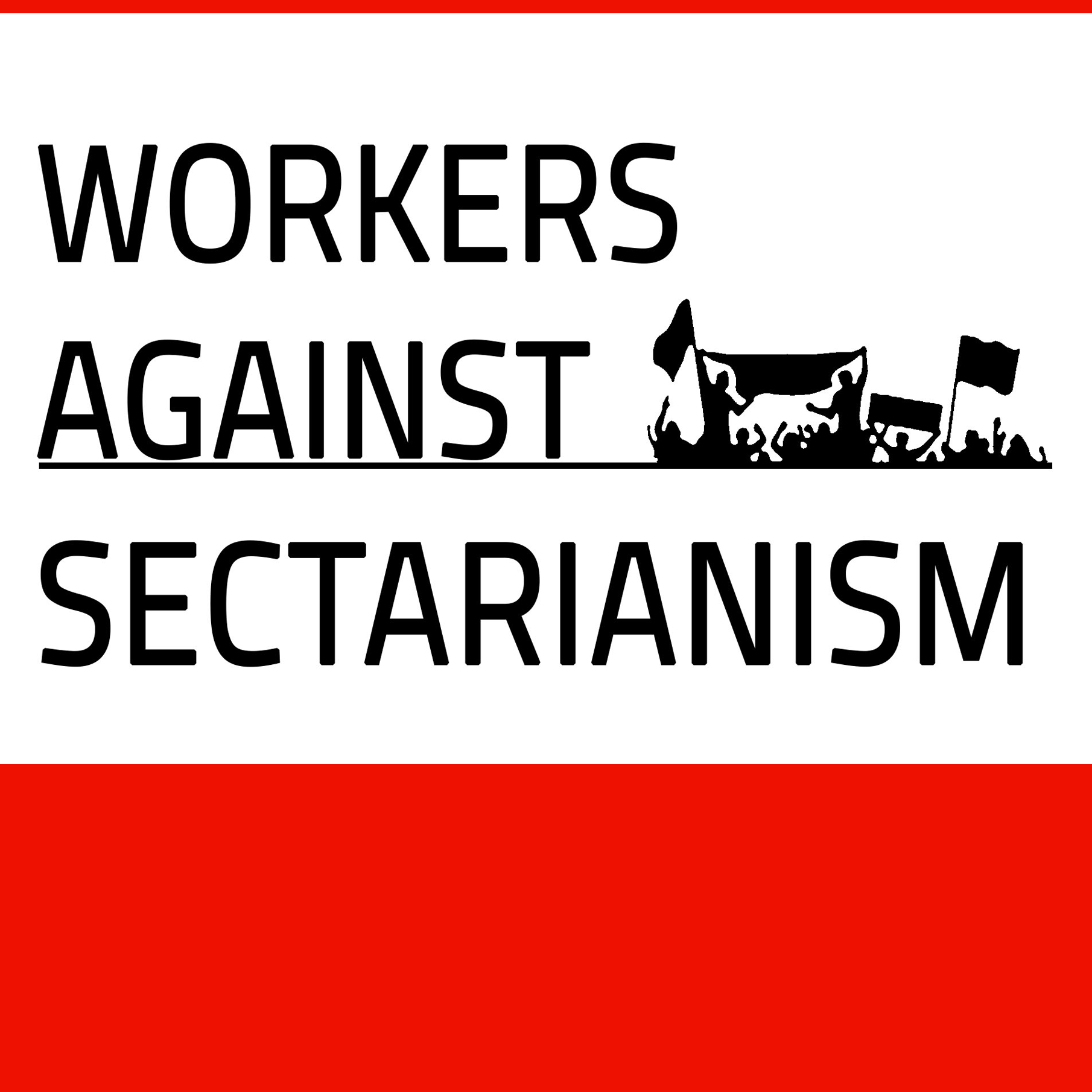How did the protests begin and what do demonstrators want?
By Nermin Ismail and Rainer Sollich
The protests in Iraq did not exactly come as a surprise. Last year, a wave of protests washed over the country as well, hitting the southern city of Basra, for instance, the hub of Iraq’s oil industry. Those protests were sparked when thousands of Iraqis fell ill from drinking contaminated water.
This time, the protests appear to be more spontaneous in nature. Nevertheless, they seem to have been touched off, in part, by the firing of Abdul-Wahab al-Saadi, a popular general who previously served as second-in-command of Iraq’s counterterrorism service. Al-Saadi was an important figure in the fight against the self-proclaimed “Islamic State” (IS) terror group. Recently he was transferred to another post.
His supporters are convinced he was ousted because he was standing up to Shia militia groups within the Iraqi army. Those groups are said to have close ties to neighboring Iran. Al-Saadi’s face was seen on a large number of protest placards over the past few days, a sign the protests are also aimed at Iranian influence in Iraq.
Still, social frustration is the primary force behind the protests. Experts have long warned of an explosion of discontent, especially among Iraq’s youth, which has been crushed under the weight of unemployment. Daniel Gerlach, editor-in-chief of the German Middle East magazine Zenith, said the grounds are as follows: Lack of energy, lack of public services, high unemployment, poverty and corruption.
“Iraqis have the feeling that the government is involved in every aspect of life — and that although some people are getting rich while the country develops, average citizens are entirely underprivileged,” he said.
Read more about it from the source: DW

 Nominating a new parliament speaker without any immediate solutions since last year, 2023.
Nominating a new parliament speaker without any immediate solutions since last year, 2023. On the memory of the genocide that the marshes were subjected to, who are the Ahwarians?
On the memory of the genocide that the marshes were subjected to, who are the Ahwarians? Muqtada al-Sadr’s militia attack the Green Zone in Baghdad
Muqtada al-Sadr’s militia attack the Green Zone in Baghdad The environmental activist Jassim al-Asadi, who seeks to protect the marshes in Iraq, has been kidnapped on 1/2/2023.wed
The environmental activist Jassim al-Asadi, who seeks to protect the marshes in Iraq, has been kidnapped on 1/2/2023.wed Working women in Iraq – the way to work is not safe
Working women in Iraq – the way to work is not safe Urgent: Total chaos inside Iraq, imposing a curfew, general closure of all government institutions, in addition to leaving most of the embassies of foreign countries in Baghdad.
Urgent: Total chaos inside Iraq, imposing a curfew, general closure of all government institutions, in addition to leaving most of the embassies of foreign countries in Baghdad.














